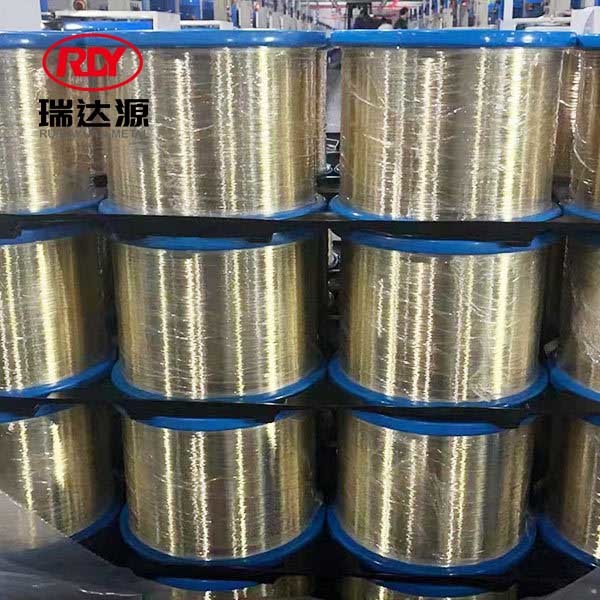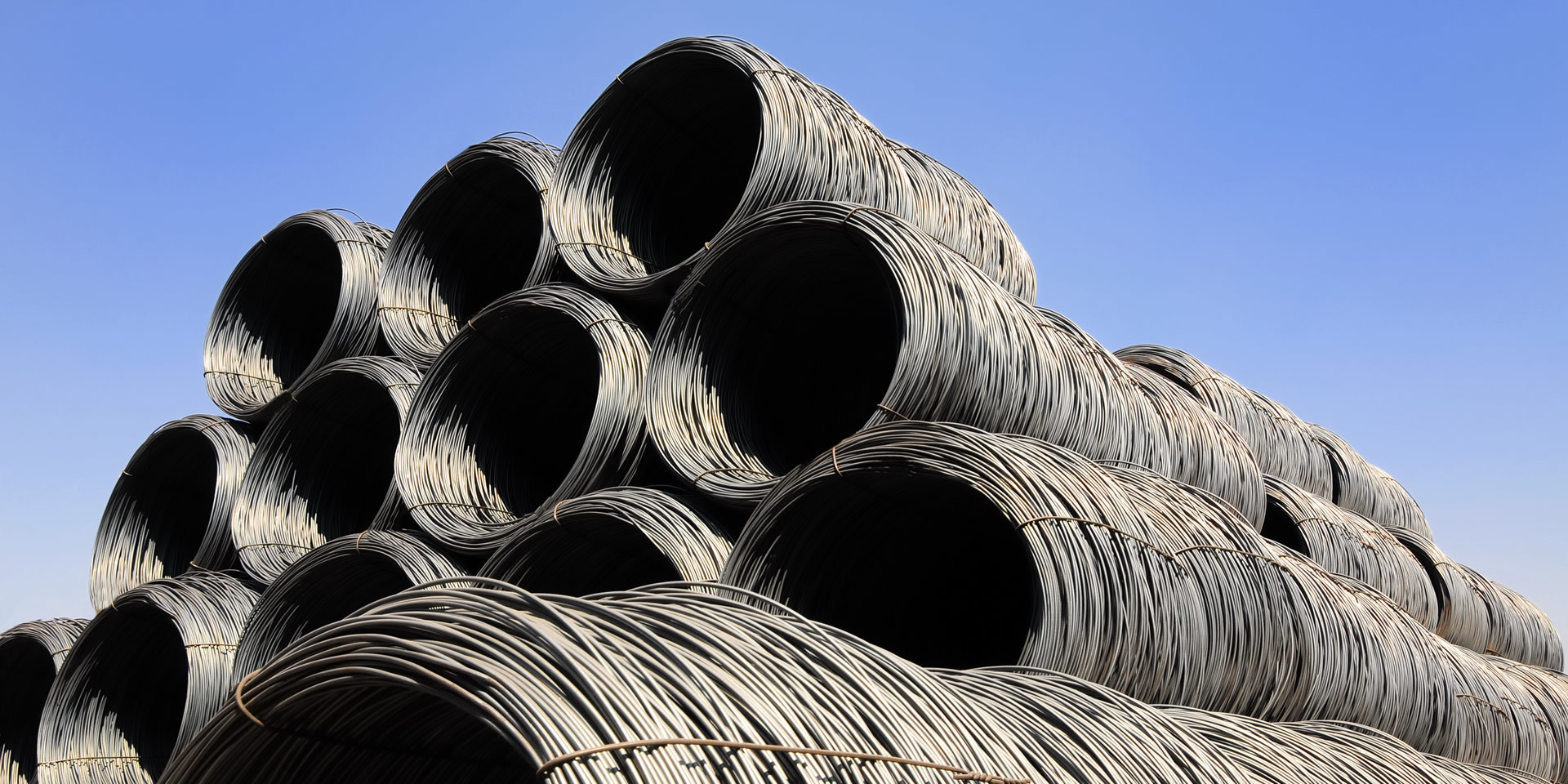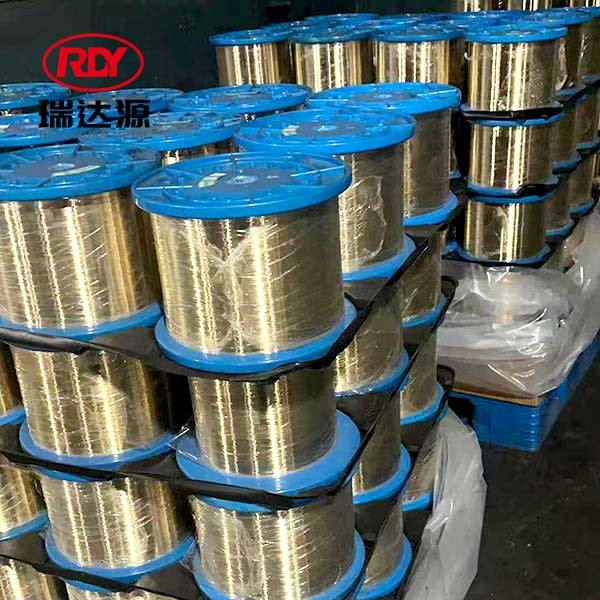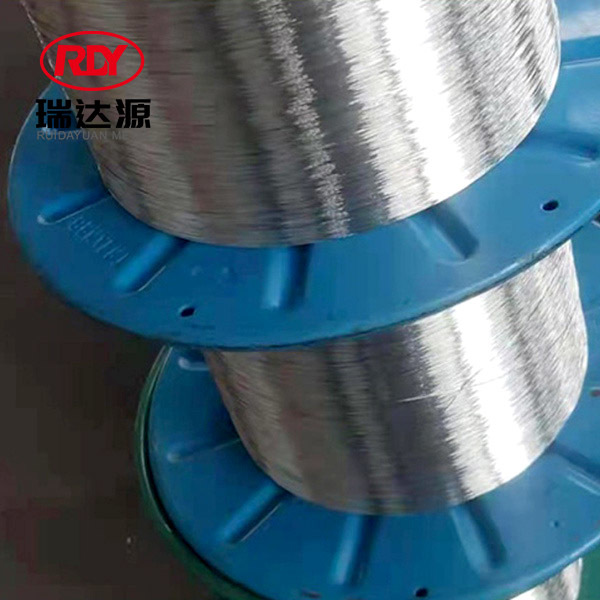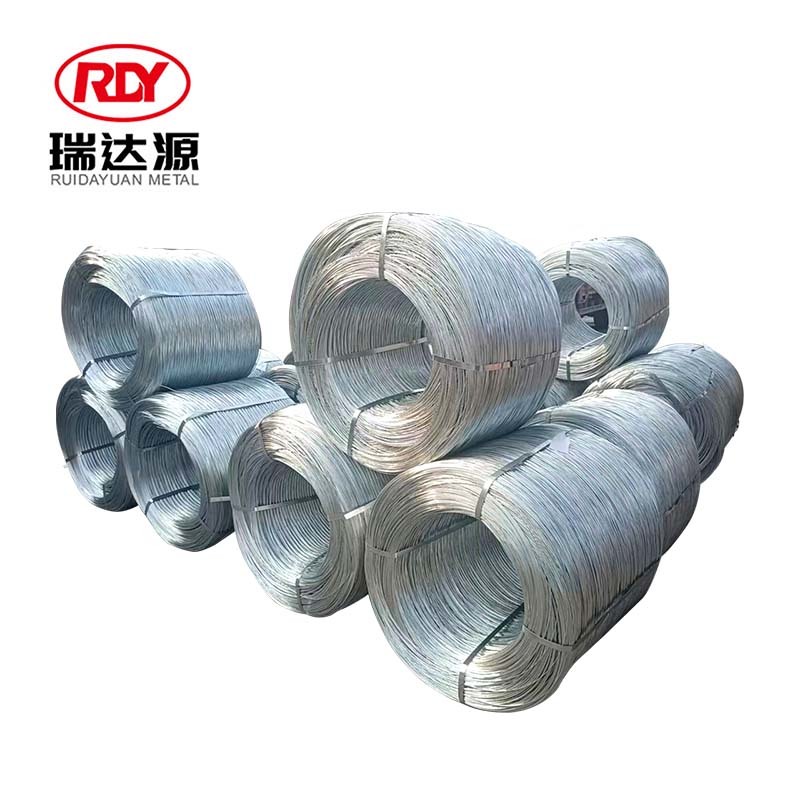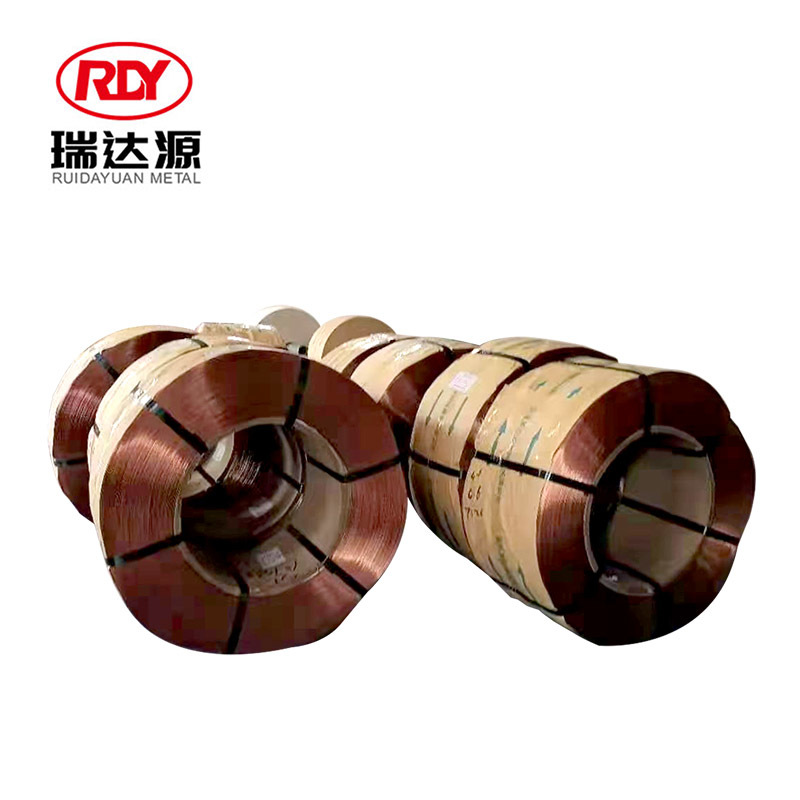Demystifying the Manufacturing Process of High-Quality Copper Coated Wire
Release Time:
Jul 11,2025
Demystifying the Manufacturing Process of High-Quality Copper Coated Wire Table of Contents 1. Introduction to Copper Coated Wire 2. Understanding Copper Coated Wire 3. Selecting the Right Raw Materials 4. The Manufacturing Process of Copper Coated Wire 4.1 Wire Drawing 4.2 The Copper Coating Process 4.3 Drying and Curing 5. Quality Control Measures in Man

Demystifying the Manufacturing Process of High-Quality Copper Coated Wire
Table of Contents
- 1. Introduction to Copper Coated Wire
- 2. Understanding Copper Coated Wire
- 3. Selecting the Right Raw Materials
- 4. The Manufacturing Process of Copper Coated Wire
- 5. Quality Control Measures in Manufacturing
- 6. Applications of Copper Coated Wire
- 7. Future Trends in Copper Coated Wire Manufacturing
- 8. Conclusion
1. Introduction to Copper Coated Wire
The demand for high-quality copper coated wire continues to grow across various industries due to its excellent conductivity and durability. This article delves into the intricate manufacturing process of copper coated wire, providing insights into each stage of production. By understanding the nuances involved, manufacturers can enhance quality and performance, ensuring their products meet market expectations.
2. Understanding Copper Coated Wire
Copper coated wire consists of a core wire, typically made of a less expensive metal, coated with a layer of copper. This innovative design offers the conductivity of copper while minimizing costs associated with using pure copper. The wire is widely utilized in electrical applications, including power transmission, telecommunications, and various industrial operations.
3. Selecting the Right Raw Materials
The quality of copper coated wire begins with selecting high-grade raw materials. The core wire is often made from materials such as aluminum, steel, or lower-grade copper.
- **Core Material:** The choice of core material affects both the mechanical strength and conductivity of the final product. Aluminum is lightweight and resistant to corrosion, while steel offers superior strength.
- **Copper Quality:** The copper used for coating should be pure, as impurities can significantly degrade conductivity and overall performance. Manufacturers typically source copper from reputable suppliers to ensure high standards.
Understanding these materials is crucial for producing high-quality copper coated wire that meets rigorous industry standards.
4. The Manufacturing Process of Copper Coated Wire
The manufacturing process of copper coated wire involves several key steps, each contributing to the wire's final quality.
4.1 Wire Drawing
Wire drawing is the initial phase where the core wire is pulled through a series of dies to reduce its diameter and enhance tensile strength. This process involves:
- **Preparation:** The raw material is cleaned and cut to the desired length before drawing.
- **Drawing:** The wire is drawn through dies in multiple passes, with each pass reducing the diameter progressively.
- **Annealing:** Post-drawing, the wire often undergoes annealing to relieve stress and improve flexibility.
Ensuring precision during wire drawing is critical to achieving the desired specifications for the copper coated wire.
4.2 The Copper Coating Process
Once the wire is drawn to the appropriate size, it undergoes the copper coating process. This step is pivotal, as it affects the wire's conductivity and overall quality.
- **Electroplating Method:** The most common method involves electroplating, where the wire is submerged in an electrolyte solution containing copper ions. An electric current is applied, causing copper to adhere to the surface of the wire.
- **Coating Thickness:** Manufacturers carefully control the thickness of the copper layer, ensuring it is neither too thin (which would compromise conductivity) nor too thick (which would increase costs).
The quality of the copper coating can significantly influence the wire's performance in its intended applications.
4.3 Drying and Curing
After the coating process, the wire must be dried and cured to ensure the integrity of the copper layer. This typically involves:
- **Drying:** The coated wire is passed through drying ovens where heat evaporates any remaining moisture, ensuring a solid bond between the copper and core material.
- **Curing:** Additional treatments may be applied, such as heat curing, to enhance the adhesion of the copper layer and improve corrosion resistance.
These steps are crucial for ensuring that the wire meets the necessary performance standards.
5. Quality Control Measures in Manufacturing
Quality control is an integral part of the manufacturing process for copper coated wire. Manufacturers implement various measures to ensure that their products consistently meet high standards.
- **Visual Inspection:** Regular inspections are conducted to check for surface defects, such as uneven coating or imperfections in the wire.
- **Electrical Testing:** Conductivity tests are performed to ensure that the wire meets specified electrical performance criteria.
- **Mechanical Testing:** Tests for tensile strength, flexibility, and resistance to fatigue are conducted to ensure the wire can withstand real-world applications.
By adhering to stringent quality control protocols, manufacturers can guarantee the reliability and performance of their copper coated wire products.
6. Applications of Copper Coated Wire
Copper coated wire is utilized in a myriad of applications due to its optimal balance of conductivity, strength, and cost-effectiveness.
- **Electrical Wiring:** Its excellent conductivity makes it ideal for electrical wiring in residential, commercial, and industrial settings.
- **Telecommunications:** The wire is widely used in the telecommunications sector for data transmission due to its low signal loss characteristics.
- **Manufacturing:** Industries utilize copper coated wire in the production of transformers, inductors, and other electrical components.
Understanding these applications helps manufacturers cater to market needs effectively, ensuring product relevance.
7. Future Trends in Copper Coated Wire Manufacturing
As technology advances, the copper coated wire manufacturing industry is evolving.
- **Innovative Coating Techniques:** New methods, like laser coating, offer alternatives to traditional electroplating, promising improved efficiency and quality.
- **Sustainability Initiatives:** Manufacturers are increasingly focusing on environmentally friendly practices, including recycling and reducing waste during production.
- **Smart Wire Technologies:** Integration of smart technologies into copper coated wire could enhance connectivity and monitoring capabilities, paving the way for next-generation applications.
Staying abreast of these trends is vital for manufacturers aiming to maintain a competitive edge in the market.
8. Conclusion
The manufacturing process of high-quality copper coated wire is a complex journey that involves meticulous attention to detail at every stage. From the selection of raw materials to the final quality control inspections, each step is crucial for ensuring that the wire meets the highest industry standards. As demand continues to rise across various sectors, understanding the intricacies of this process can empower manufacturers to deliver superior products that satisfy market needs. Embracing innovation and sustainability will further enhance the quality and applicability of copper coated wire in the future.
Keywords:
Related news



